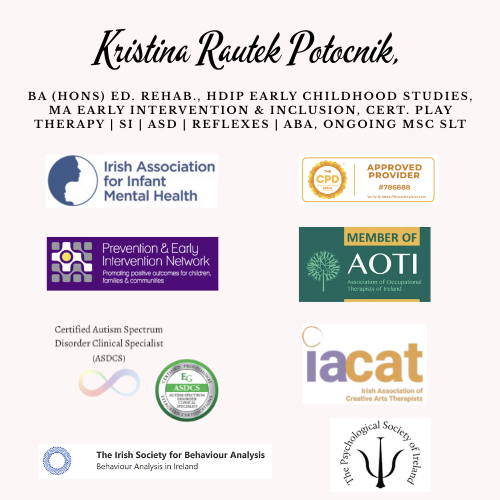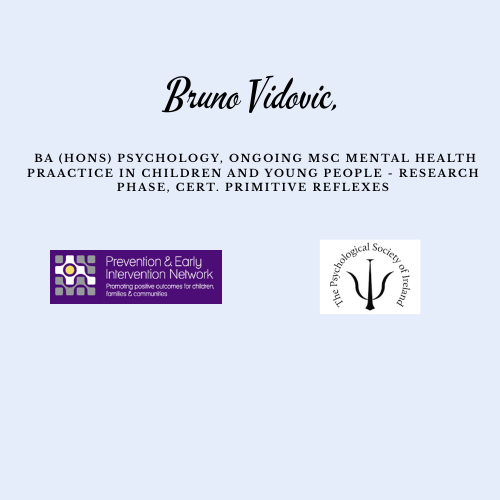How to Develop Pre-Writing and Pencil Skills for Your Child’s Success

Author: Kristina Rautek Potocnik, BA (Hons) Ed. Rehab., HDip Early Childhood Studies, MA Early Intervention & Inclusion, Cert. Play Therapy | SI | ASD | Reflexes, ongoing MSc SLT
How to Develop Pre-Writing and Pencil Skills for Your Child’s Success
Writing is more than just holding a pencil. Before children can write with ease, they need to develop the muscles and coordination in their upper body, arms, hands and fingers. These skills are called graphomotor skills. They are the foundation for handwriting, and they start developing early in life. To help your child write well, it is important to support their hand and finger strength through play and movement. Proper pencil grip is only one part of graphomotor skills, not the whole picture.
Before expecting your child to hold a pencil correctly, make sure they have had enough time to build strength and coordination through active play. Climbing, crawling, throwing and catching a ball, digging with a small shovel, drawing on vertical surfaces, using playdough or clay, and cutting with scissors are all great activities. These help children develop shoulder and wrist strength, which supports pencil control later.
When it is time to begin writing, your child also needs to sit in the right position. Their feet should be flat on the floor, not crossed or tucked under. The table and chair must be the right height, so their upper body stays relaxed. A good sitting position helps your child focus and move their hand smoothly.
If all these steps are in place, your child can begin learning how to hold a pencil. Occupational therapists use many simple tricks to support correct grip. One idea is to place a small sticker or piece of tape on the pencil at the right height for fingers to hold. This gives the child a clear visual guide.
Another helpful method is writing on a vertical surface, such as a wall or easel. Writing upright makes the child use proper arm movements and helps strengthen the whole hand. Short pencils or broken crayons also help because they naturally encourage the tripod grip with thumb, index, and middle finger.
You can also remind your child to use their “strong fingers” when writing. This means using the thumb, index and middle finger together to control the pencil. Holding a small object like a tissue or pom-pom with the last two fingers can help encourage this grip.
Writing and hand skills can be observed through everyday activities that show how well a child controls their fingers, moves their hands, and uses both sides of the body together. By watching how a child holds a pencil, draws shapes, or copies patterns, we can learn a lot about their fine motor development. Simple activities that involve squeezing, threading, cutting, or tracing can give a clear picture of what the child finds easy or difficult. Based on these observations, we can choose fun and useful exercises to help improve finger strength, coordination, visual attention, and understanding of left and right.
Creating a playful and encouraging atmosphere is key. Children learn best when they are interested, relaxed and having fun. Writing is an important life skill, and building strong graphomotor abilities makes the process easier and more enjoyable.
Let your child explore the world with their hands and grow their writing skills step by step.
Latest Posts
- How children make sense of the world through their senses
- How your baby learns about the world through their senses
- Helping your child grow stronger through movement and play
- Understanding How Early Intervention Helps Children Learn, Move, and Connect
- How to Recognise Tactile Defensiveness and Help Your Child Feel Safe
- Understanding Feeding Challenges and How to Support Your Child at Home
- Let’s Talk Sitting: Exploring Floor Seating Options
- Retained Primitive Reflexes: The Hidden Cause Behind Developmental Struggles
- Where Curiosity Blossoms: How Children's Play Nurtures Growth for All
- Helping Your Child Through Stress: A Gentle Guide for Parents
- Sweet Little Lies – How to Recognise and Respond with Care
- Chores Are More Than Just Tasks – They’re a Tool for Growing Independence, Focus, and Confidence
- How to Help Children Develop Emotional Intelligence
- Blending Technology and Care: How VR Meta Quest Supports Children at NeuroNest
- A simple guide for parents who want to raise confident, happy children
- Setting Boundaries with Love: A Simple 3-Step Guide for Parents
- Understanding Behavior Through the Nervous System
- A Compassionate Lens on Dysregulation in Non-Speaking Autistic Individuals
- Supporting Development Through Movement: The Role of the Swing in Early Intervention
- Blending Tradition and Innovation: How NeuroNest Supports Your Child’s Unique Journey
- When Movement Meets Innovation: Supporting Child Development with GoBalance
- Why Visual Perception Matters for Everyday Life and Development
- Benefits of Chess in Early Intervention
- Building Healthy Nutrition from the Start
- A Journey Back to Your True Self
- Supporting Your Child’s Hand Skills for Confident Writing
- Blending the Best of Both Worlds
- Helping Toddlers Eat Well: A Parent’s Guide
- Why Tummy Time Matters for Your Baby's Development
- Helping Your Child Build Everyday Independence
- Who Are the Disconnected Kids?
- From First Tries to Automatic Habits: Understanding the Stages of Skill Learning
- Why a Child’s Level of Alertness Matters for Memory and Learning
- Early brain development starts before birth
- Why Slowing Down, Adapting Tasks, and Adding Breaks Helps Children Learn Better
- Why ADHD, Autism, Dyslexia and Other Challenges Need a New Approach
- The surprising power of copying in child development
- Books are more than just language tools—they’re powerful allies in sensory and motor development.
- Rethinking sensory support: moving beyond expensive rooms toward everyday understanding.
- Understanding how fear develops in a child’s brain
- Understanding how an early baby reflex can affect your child’s daily life
- A gentle start into baby development through movement and bonding
Our Partners
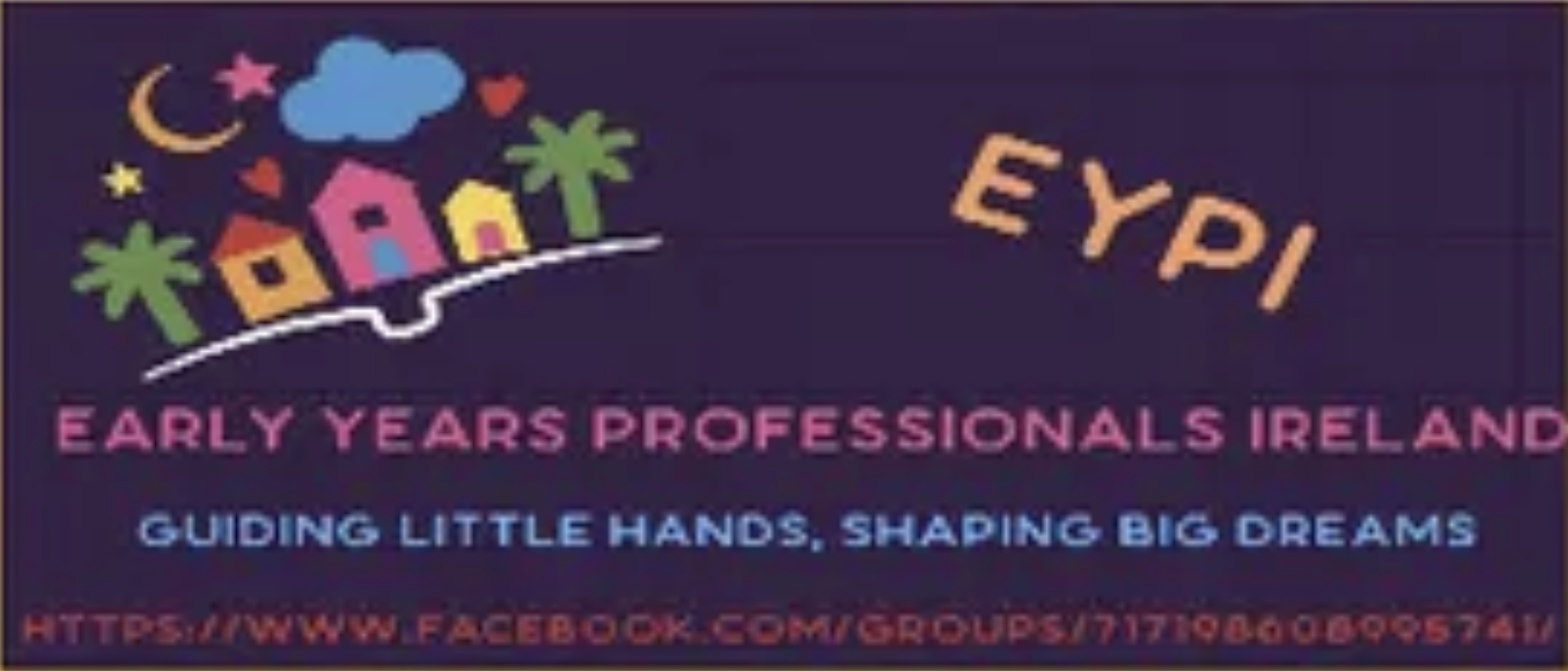
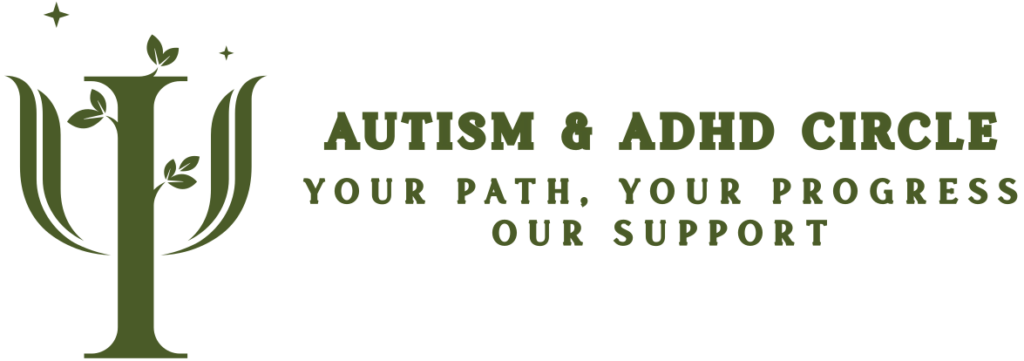
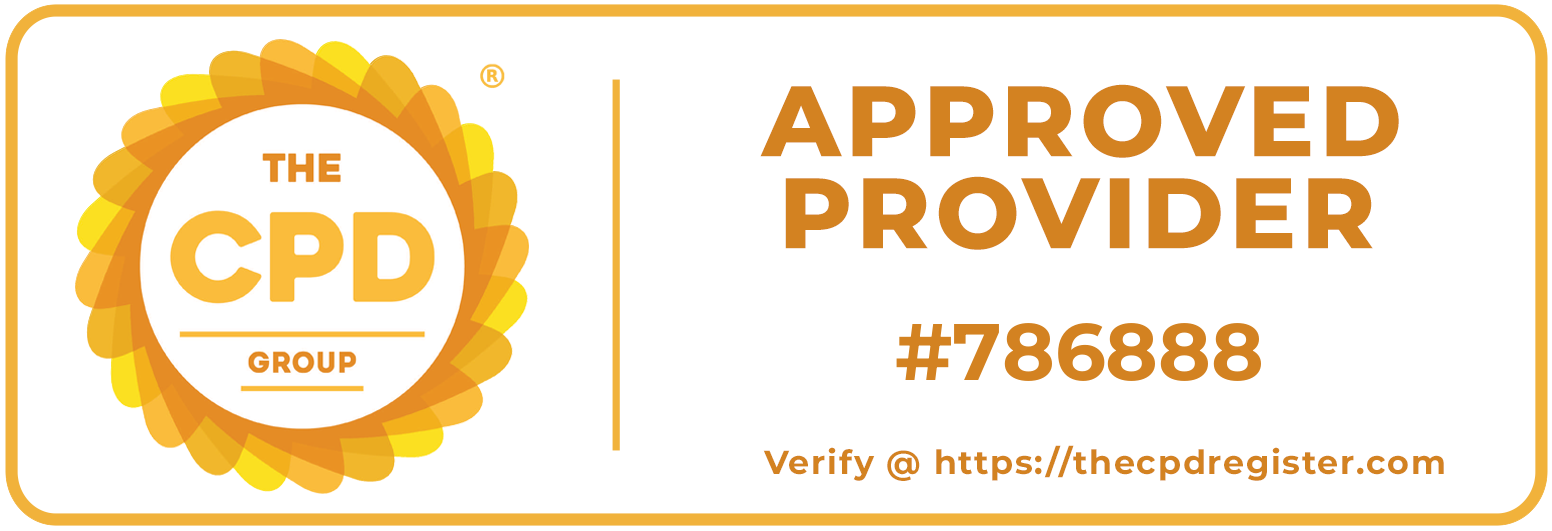
Our Memberships
